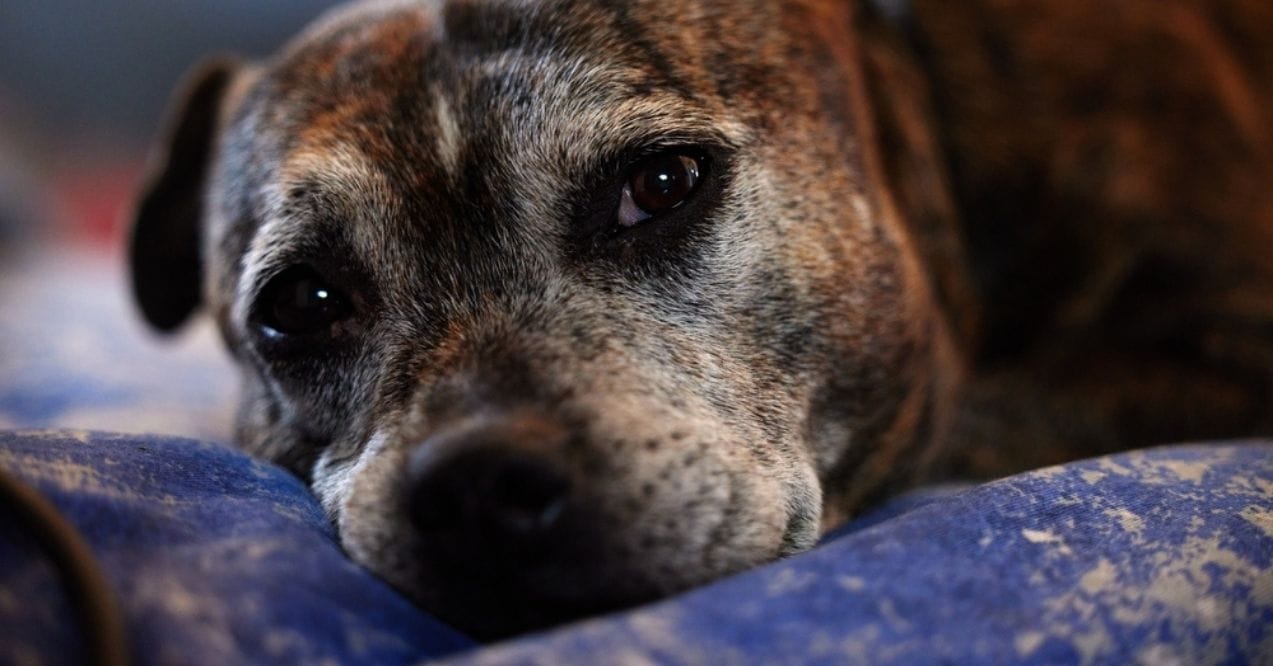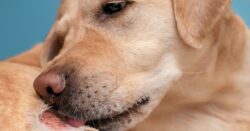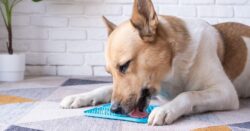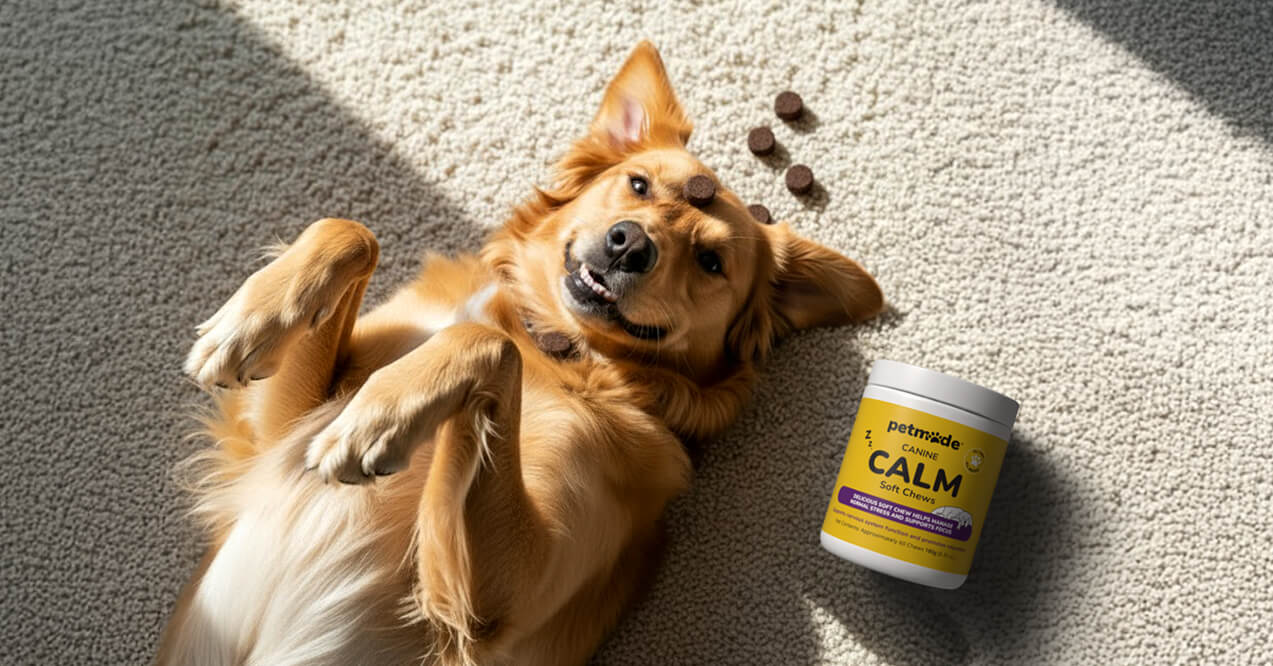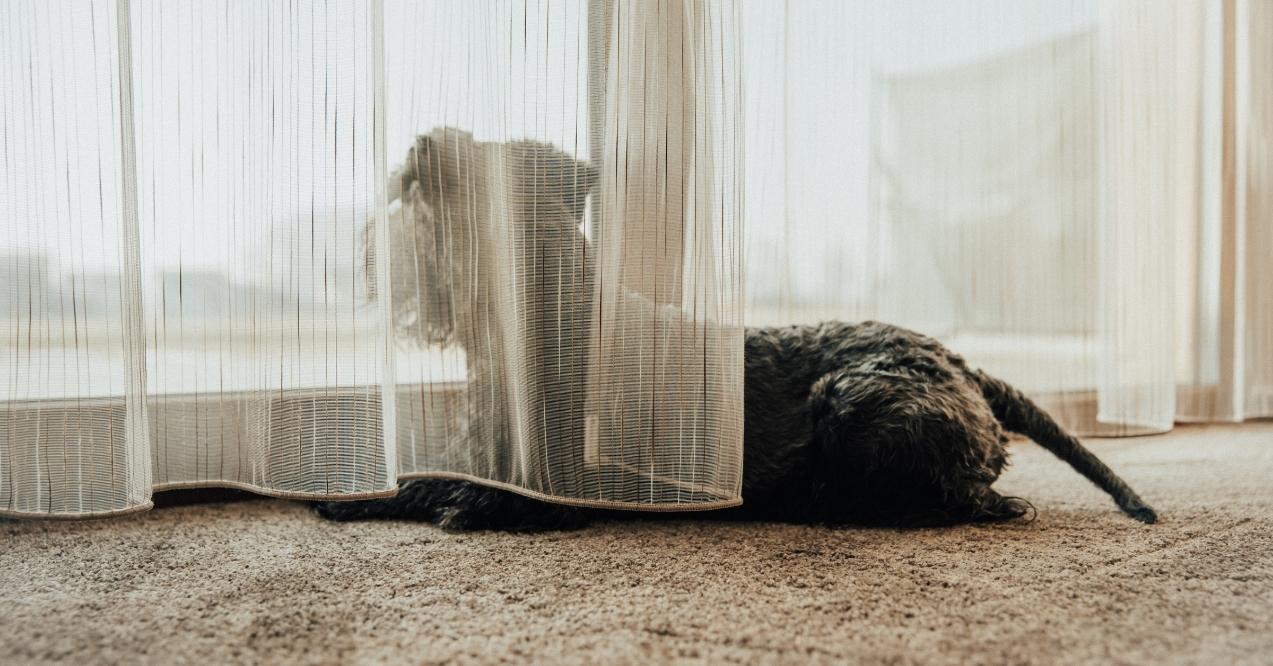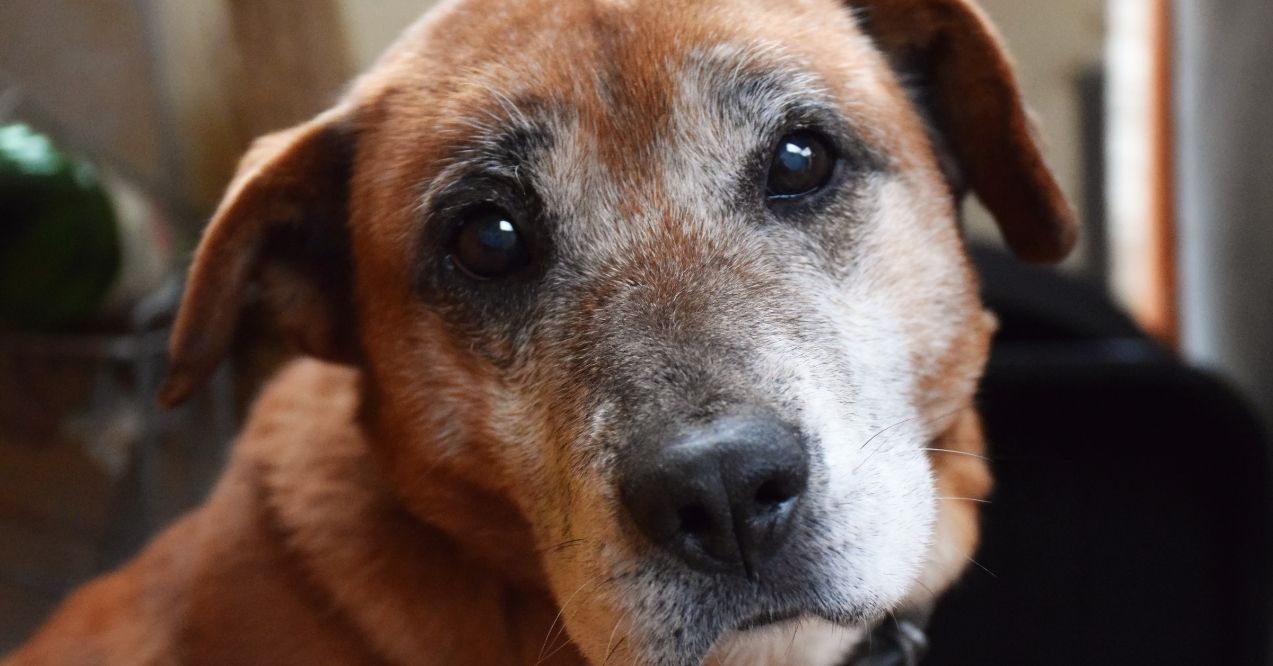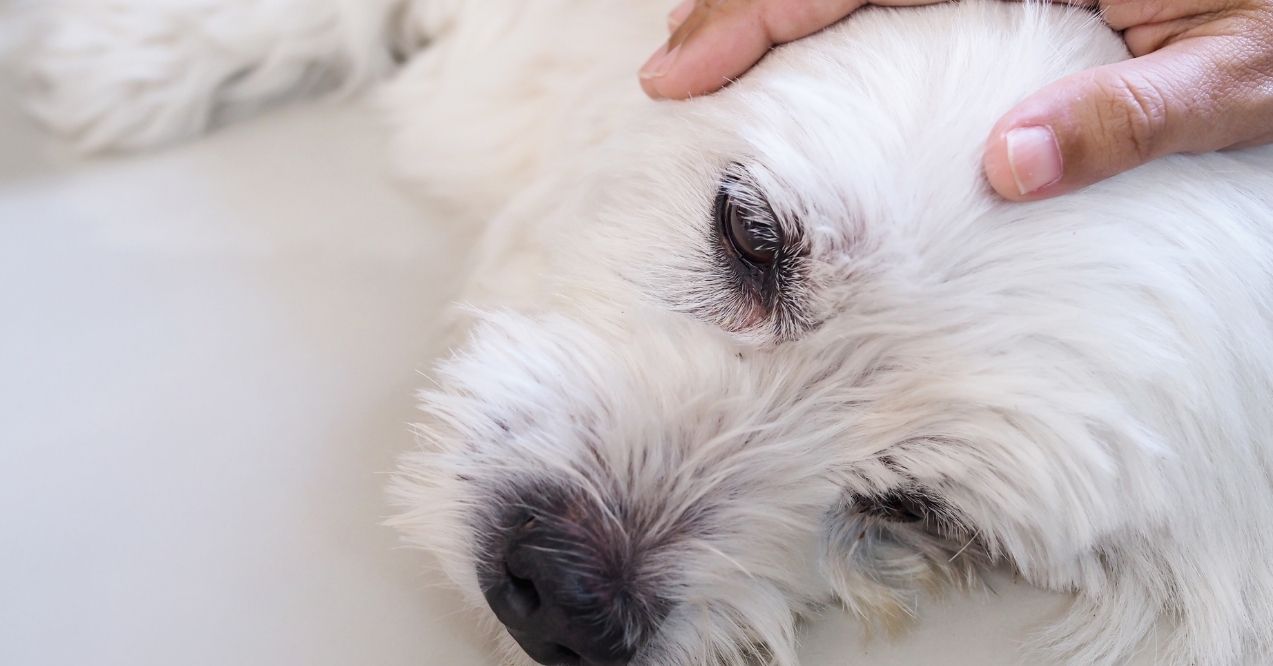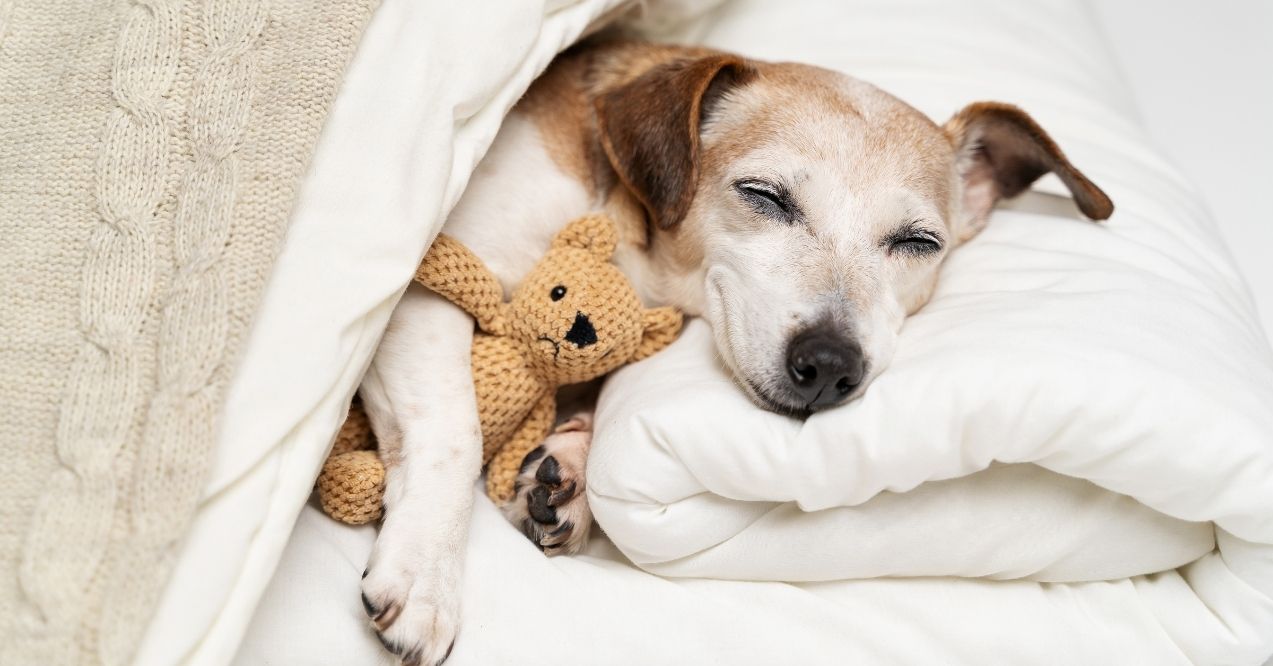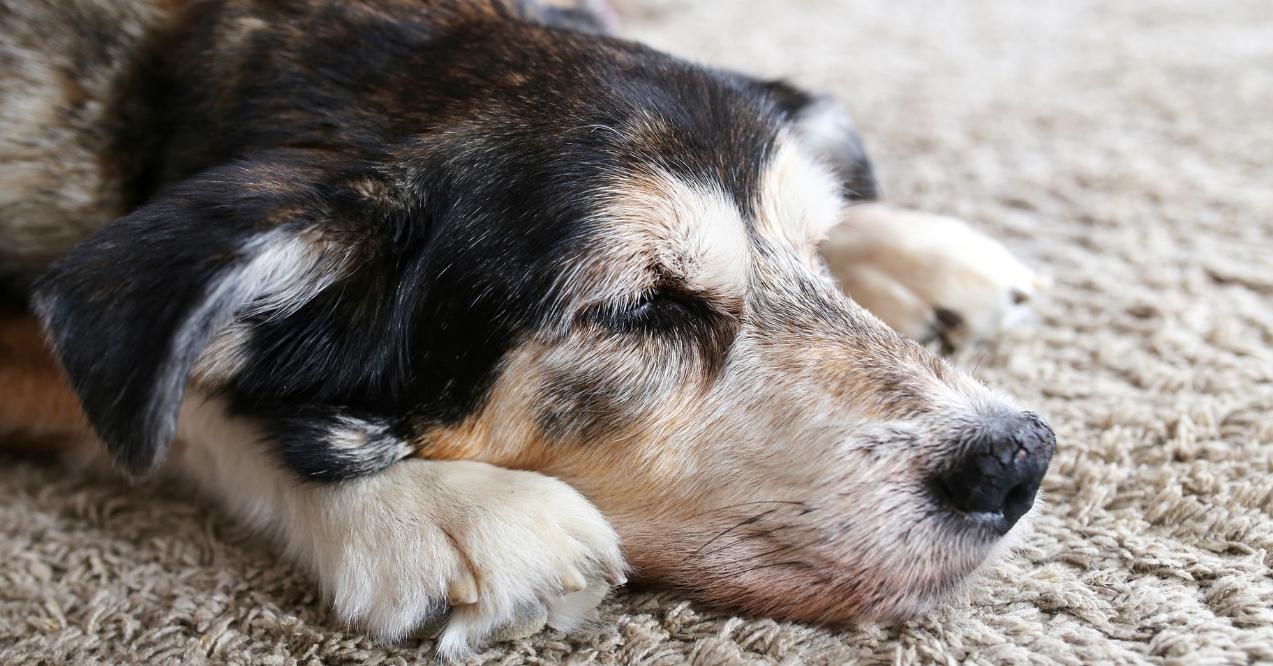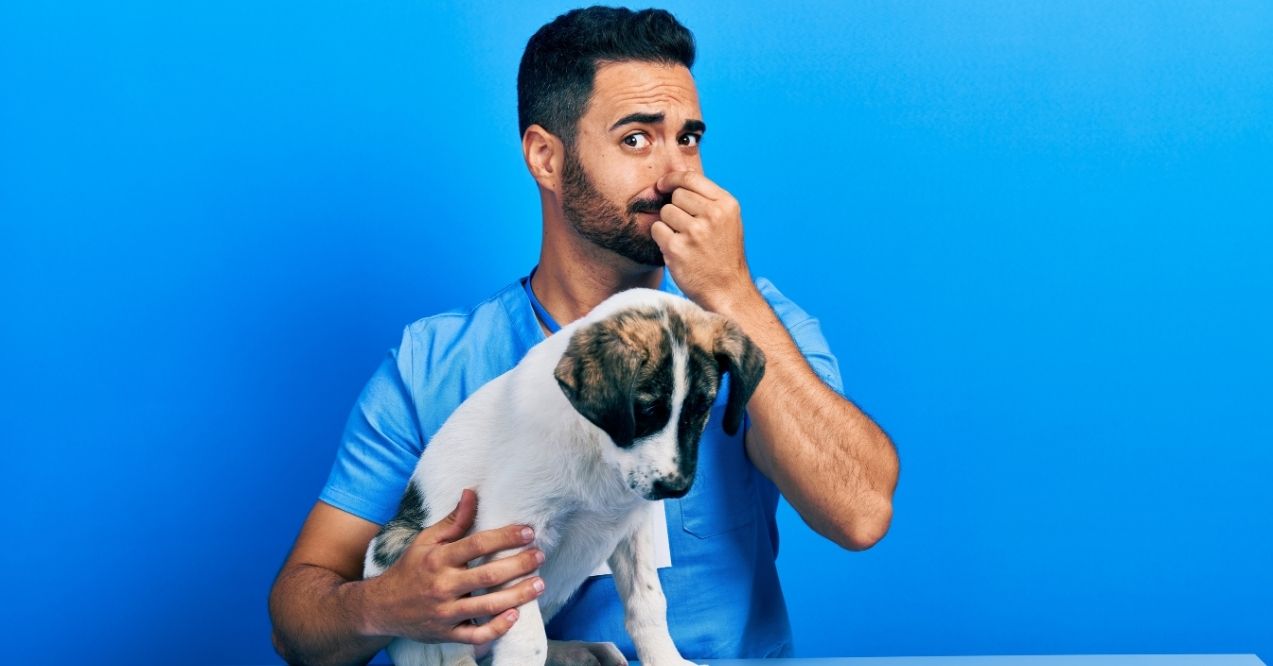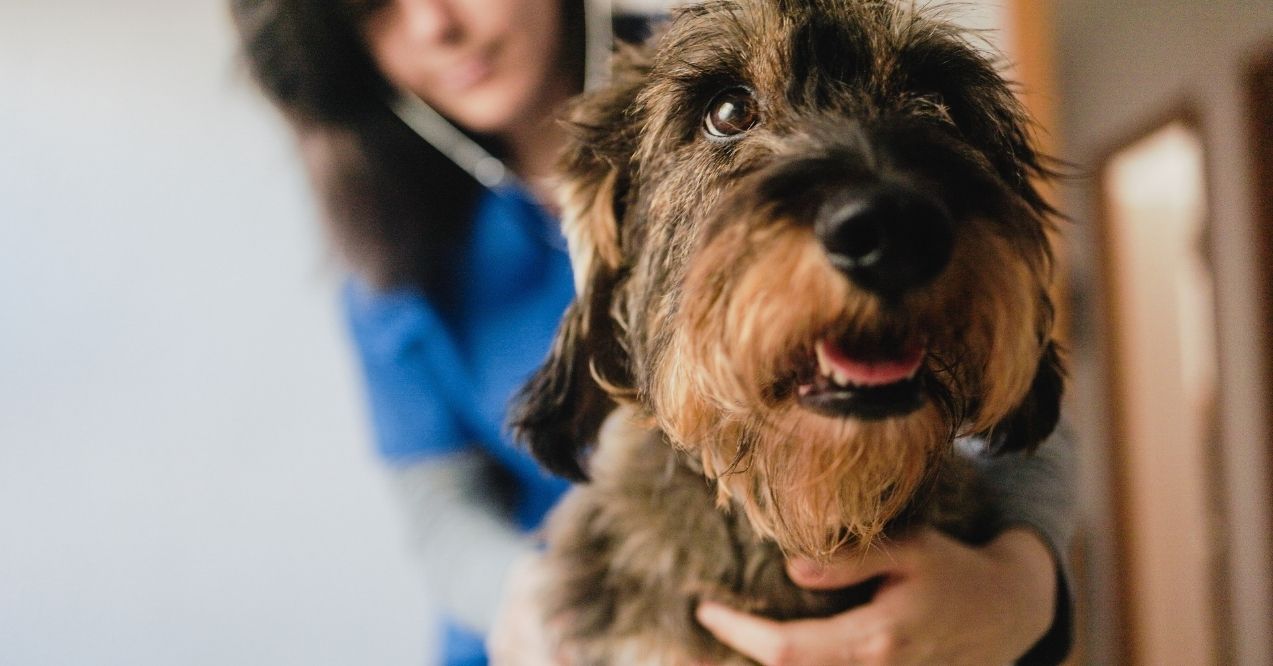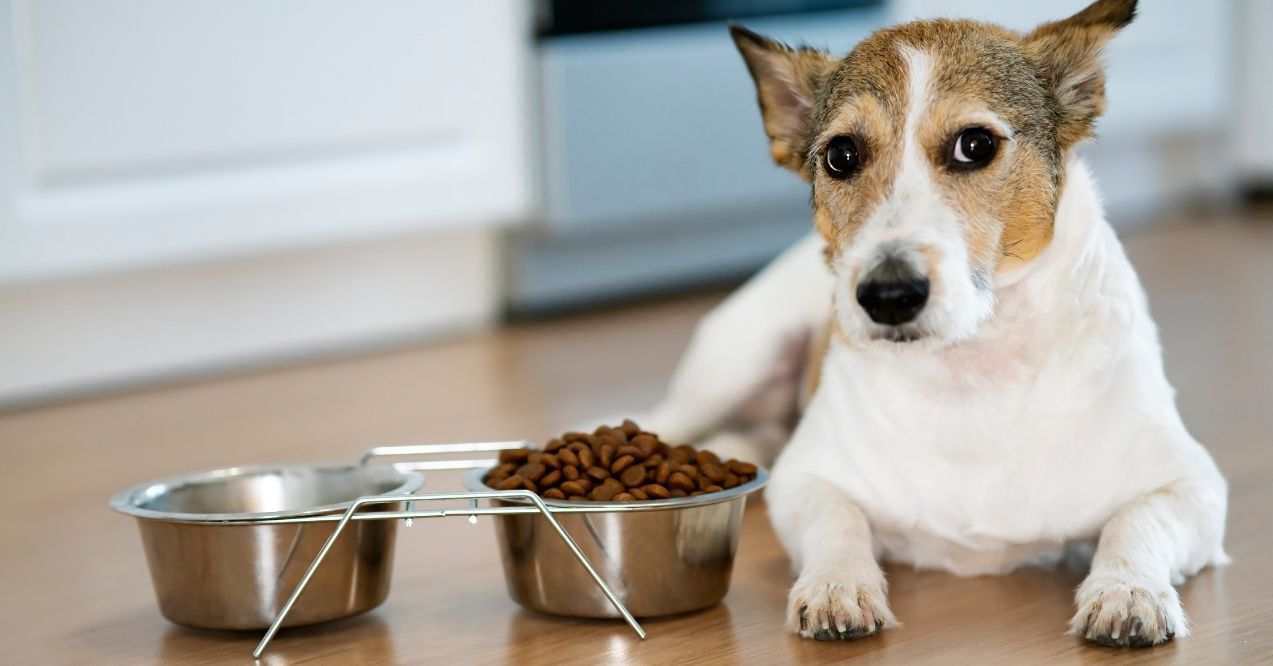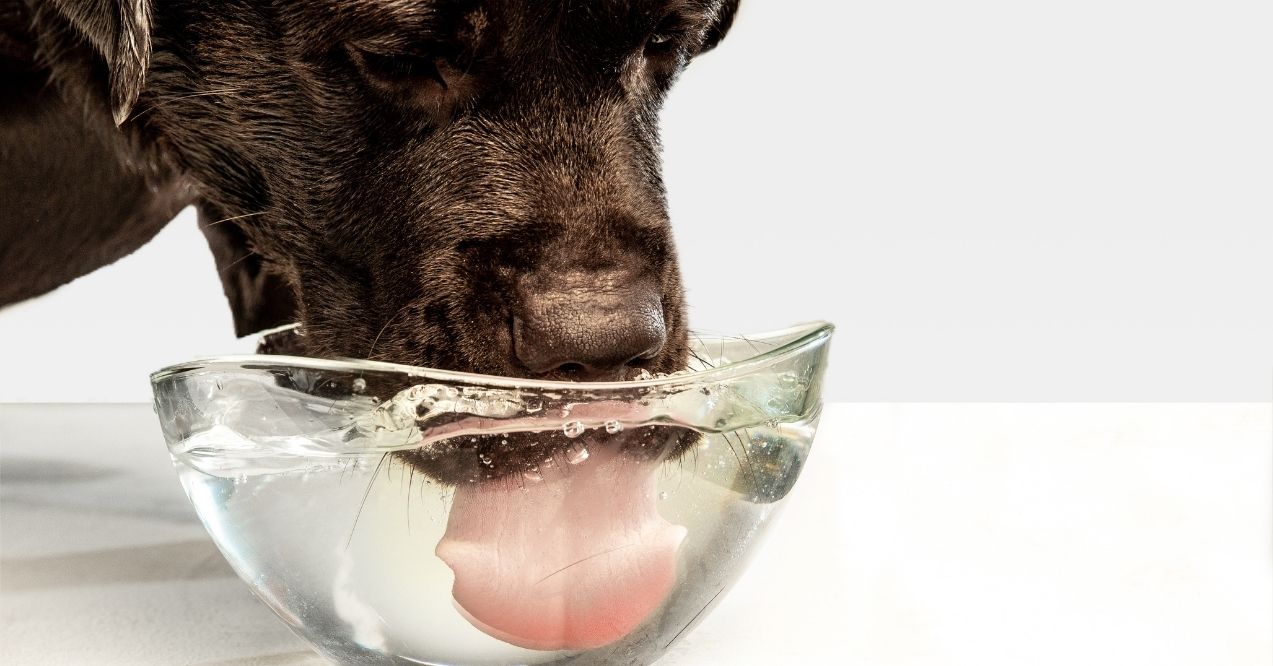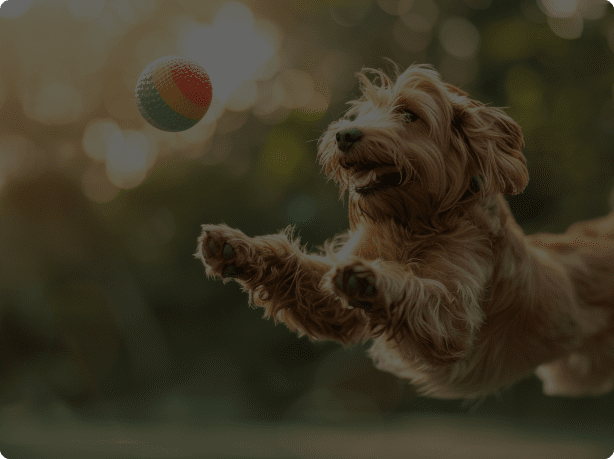Why Is My Old Dog Peeing in the House?
Noticing your old dog peeing in the house can bring up feelings of worry and frustration. As our furry friends age, they might face various challenges that lead to indoor accidents. While this situation might feel overwhelming, there are many ways to support your aging companion and maintain a clean, happy home.
Common Medical Triggers for Old Dog Urinating in the House
When a dog has accidents in house, it often stems from multiple factors working together. Here we explore the most common reasons behind this behavior in older dogs, along with practical ways to help your pet feel more comfortable.
Hormonal Imbalances
Life changes can affect our senior pets in unexpected ways. When your old dog keeps peeing in house, it might be connected to shifts in their daily routines or new stressors. Moving homes, welcoming new family members, or changing schedules can trigger anxiety-related accidents. To help your faithful friend feel more secure, try setting up a cozy corner with their favorite bed and toys. Adding calming music or nature sounds can also create a more peaceful environment.
Age-Related Muscle Weakness
As dogs age, their muscles naturally become less efficient, which can affect their ability to hold their bladder. If you notice your senior dog urinating in house more frequently, they might need extra support with movement and comfort. Consider placing soft, washable mats near their favorite spots and ensuring clear paths to their outdoor potty areas. Regular gentle walks can help maintain their strength and mobility.
Hidden Concerns
Sometimes when an old dog is peeing in the house, it points to underlying discomfort. Pay attention to changes in their posture, walking style, or bathroom habits. Making their environment more comfortable with orthopedic beds and non-slip mats can help ease physical strain. Keep their living space clean and fresh, and choose foods that promote overall wellness.
Cognitive Changes
As dogs age, they might experience shifts in their daily habits and routines. Your old dog wetting in house could be related to confusion about where they should go. Creating clear visual cues and maintaining consistent feeding and walking schedules can help them stay oriented. Setting up designated indoor potty areas with easily recognizable materials can provide them with a reliable option when needed.
Behavioral and Environmental Causes of Dog Indoor Accidents
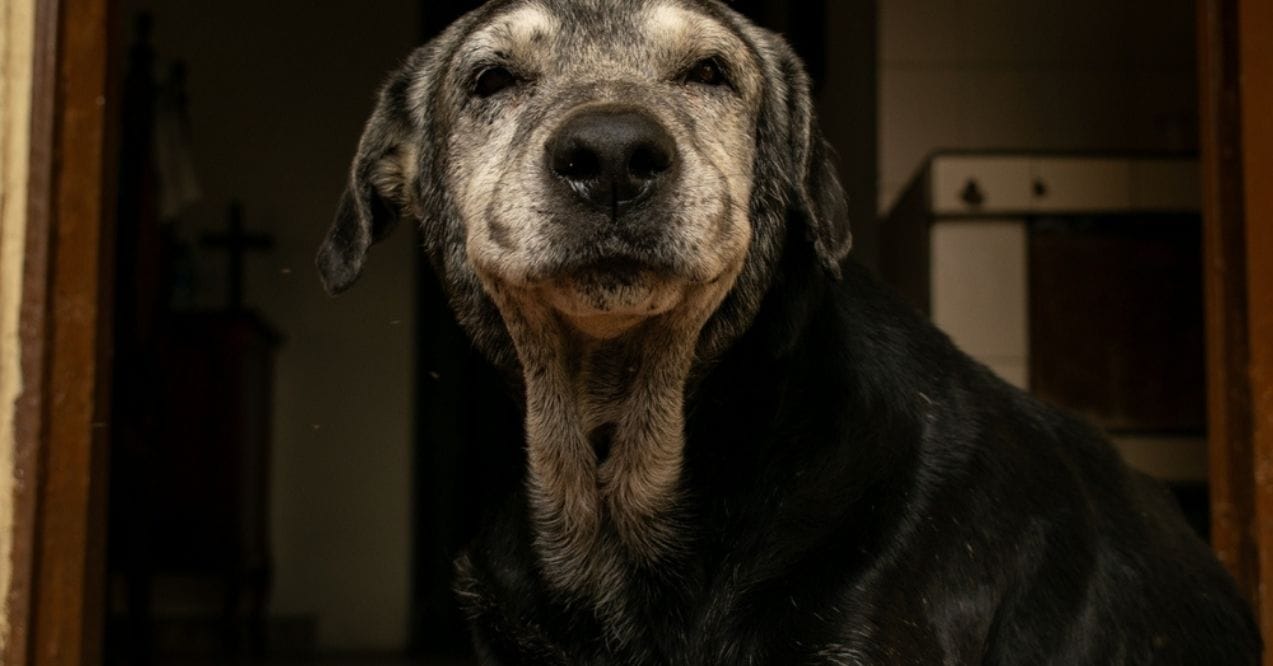
When your old dog keeps peeing in house, the root cause might be linked to their surroundings or daily experiences. Let’s explore these factors and discover practical solutions to help your furry friend stay comfortable and confident.
Stress and Anxiety in Senior Dogs
Changes in your home can make your aging pet feel unsettled. New furniture, visiting guests, or even rearranging rooms might trigger anxiety-related accidents. Creating a peaceful environment helps your senior dog feel more secure. Try setting up a quiet retreat space where they can relax away from household bustle. Maintaining familiar routines and offering comfort items like their favorite blanket can help reduce stress-related accidents.
Adjusting to Physical Limitations
As dogs age, simple tasks like going outside might become more challenging. Your senior dog urinating in house could be related to difficulty navigating stairs or slippery floors. Adding non-slip mats and creating clear pathways can make a big difference in their confidence. Consider setting up convenient potty spots closer to their favorite resting areas, especially during bad weather or nighttime.
Routine Disruptions
When schedules change, your old dog wetting in house might become more frequent. Consistent daily routines help senior dogs feel secure and manage their bathroom needs better. Try to maintain regular feeding times and outdoor breaks. If your schedule must change, gradually adjust their routine to help them adapt comfortably.
Actionable Strategies to Manage Indoor Accidents
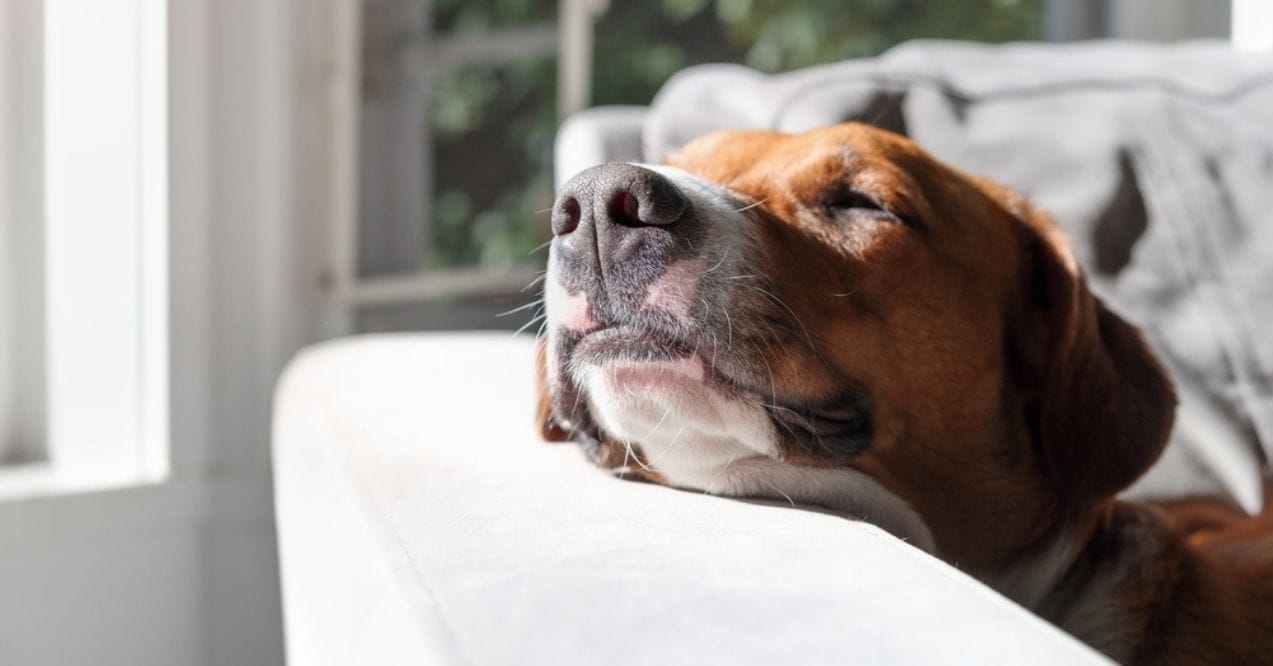
Living with a senior pet who has bathroom challenges doesn’t mean giving up on a clean and happy home. The following strategies offer practical solutions to support both you and your aging friend.
Indoor Potty Training for Senior Dogs
Creating an indoor potty option can help when your dog has accidents in house. Start by choosing a specific area and use positive reinforcement when they use it correctly. Place absorbent pads in easily accessible locations, and guide them there during their usual potty times. Natural attractant sprays can help direct them to appropriate spots.
Making the Living Space Accessible
A senior-friendly home setup prevents accidents and boosts confidence. Remove obstacles from main pathways and consider adding night lights for better visibility. Placing water bowls in multiple locations encourages proper hydration while reducing the distance they need to travel. Anti-slip mats near feeding areas and potty spots provide extra stability.
Nutrition for Bladder Health
Food choices play a key role in your aging dog’s daily comfort. Opt for high-quality proteins like salmon, turkey, or chicken as the first ingredients in their food. These protein sources are gentler on senior dogs compared to heavier options. Adding water-rich fruits and vegetables to their meals, such as cucumber, watermelon (without seeds), or cooked pumpkin, can boost their fluid intake naturally.
Observing and Testing
When an old dog is peeing in the house, keeping a simple daily log can reveal helpful patterns. Note the times of accidents, locations, and any unusual events that day. This information helps identify triggers and adjust routines accordingly. Watch for changes in drinking habits, energy levels, and bathroom behaviors. A notebook by the door or a simple phone app can make tracking easier.
Medications and Natural Alternatives
Many pet parents find success with natural approaches to support their aging dogs. Calming aids like lavender-scented bandanas or gentle music can help reduce anxiety-related accidents. Comfortable bedding materials that wick away moisture keep your pet dry and cozy. Some families notice improvements by using special warming pads or cooling mats, depending on their dog’s preferences.
Hydration Strategies
Proper hydration goes beyond just filling the water bowl. Place multiple water stations throughout your home, especially near your dog’s favorite spots. Some seniors prefer flowing water from pet fountains, which can encourage more drinking. Add ice cubes to their water during warm days – many dogs enjoy the fun addition. For picky drinkers, try placing bowls of different depths or materials to find their preference.
Environmental Enrichment for Senior Dogs
Creating an engaging environment helps keep your aging friend active and happy, which often reduces indoor accidents. Gentle play sessions using soft toys can maintain physical activity without overtiring them. Food puzzles provide mental stimulation while encouraging movement. Snuffle mats and treat-dispensing balls make mealtime more exciting while controlling eating speed.
Set up comfortable viewing spots near windows where they can safely watch outdoor activities. This mental stimulation helps maintain regular routines and reduces boredom-related stress. Short, gentle training sessions using positive reinforcement can strengthen your bond while keeping their mind sharp.
Common Mistakes Owners Make
Overlooking Early Signs
Many families wait too long before adjusting their home setup for their aging dog. Start making gradual changes as soon as you notice your old dog wetting in house. Early adaptations help prevent accidents and maintain confidence.
Inconsistent Routines
Switching between different solutions too quickly can confuse your senior pet. Give each new approach at least a few weeks before making changes. Stay consistent with potty break times and reward successful outdoor trips.
Reducing Water Access
Never limit water availability, even if your dog has accidents in house. Instead, manage water intake by maintaining regular drinking and potty schedules. Consider picking up water bowls a few hours before bedtime, but always ensure they have access when needed.
Negative Reactions
Getting frustrated when accidents happen can make your pet anxious, leading to more problems. Stay positive and calm during cleanup. Your senior friend isn’t having accidents on purpose – they need your patience and support during this time
Conclusion
Your senior dog’s indoor accidents don’t define your home life or your bond. Small changes make big differences – from strategic water bowl placement to cozy resting spots near exits. Watching for patterns, adjusting routines, and staying calm during cleanup will help both you and your dog navigate this phase. The time invested in creating these new habits pays off in more comfortable days ahead for your faithful companion.
Clean thoroughly with enzyme cleaners, create easy access to outdoor areas, set up potty pads in convenient spots, maintain regular bathroom breaks, and avoid scolding. Track accident times and locations to identify patterns.
Yes. Changes in routine, new pets, visitors, moving homes, or household changes can trigger anxiety-related accidents. Creating quiet spaces, maintaining consistent schedules, and using calming aids like soothing music can help reduce stress-induced incidents.
Establish consistent potty schedules, place water bowls strategically, create clear paths to outdoor areas, use indoor potty options when needed, and ensure easy access during nighttime. Add non-slip mats for confident movement.
Some older dogs experience occasional accidents during rest due to weakened muscles or deep sleep. Using washable bed covers, placing beds near exits, and maintaining regular potty breaks before rest can help manage these situations.
Common reasons include changes in routine, reduced mobility making outdoor access harder, anxiety from environmental changes, or muscle weakness. Creating an accessible environment and maintaining consistent schedules helps prevent indoor accidents.
Advertisement. This site offers health, wellness, fitness and nutritional information and is designed for educational purposes only. You should not rely on this information as a substitute for, nor does it replace, professional medical advice, diagnosis, or treatment. If you have any concerns or questions about your health, you should always consult with a physician or other health-care professional. Do not disregard, avoid or delay obtaining medical or health related advice from your health-care professional because of something you may have read on this site. The use of any information provided on this site is solely at your own risk.
